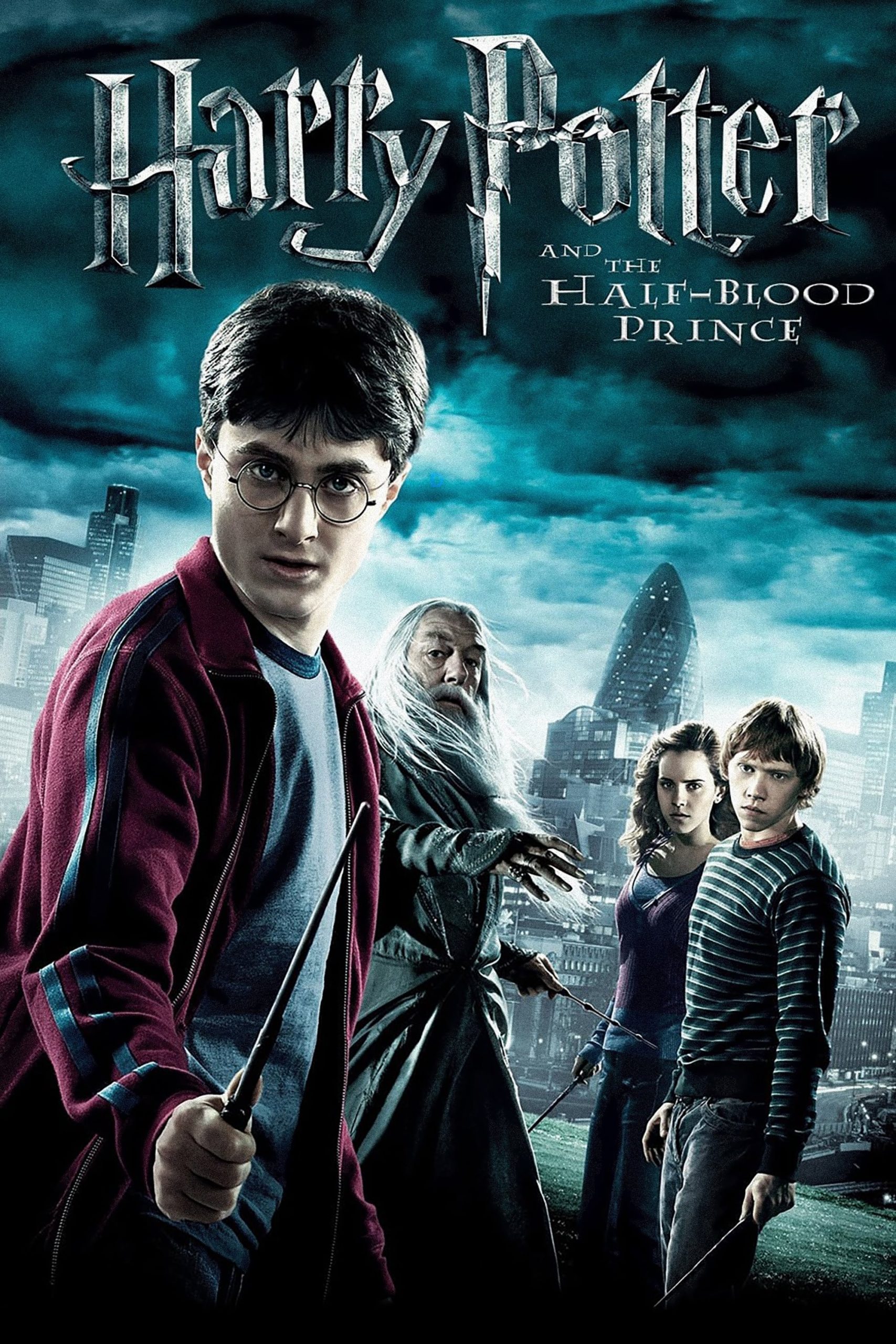
As Lord Voldemort tightens his grip on both the Muggle and wizarding worlds, Hogwarts is no longer a safe haven. Harry suspects perils may even lie within the castle, but Dumbledore is more intent upon preparing him for the final battle fast approaching. Together they work to find the key to unlock Voldemorts defenses and to this end, Dumbledore recruits his old friend and colleague Horace Slughorn, whom he believes holds crucial information. Even as the decisive showdown looms, romance blossoms for Harry, Ron, Hermione and their classmates. Love is in the air, but danger lies ahead and Hogwarts may never be the same again.
28 Nov Harry Potter and the Half-Blood Prince (2009)
Space Opera
Over on FilmsFolding there is a discussion on architecture in film and luckily enough this comes along as a great example of space used intensively and to support the definition of world and some narrative elements. It isn’t art. It breaks no new ground and the elements of the story are insipid. But it is space.
The origin of this came early in the franchise and I believe Chris Columbus (who has a retaining interest) hired production designer Stuart Craig, who has been through every film. Together they apparently decided that the magical nature of the story had to be in part conveyed by the magical nature of the places. The fruits of this commitment have been visible in every film in the series, dependent on the notions of the director. But as this is a “many billions of dollars” franchise, the directors have little freedom.
Here, the handling of space matters. It isn’t just the way that the Hogwarts buildings are highlighted. It is the matter that we are not given kids in a place who do stuff, we are given an environment that is spatial and more. The space has an order to it, accompanying the “space” of the larger magical cosmos and the forces that govern it. This is a movie about that cosmos and the grand shape it has. The kids are within this space, being governed by its laws and constraints.
As I say, this is just borrowed here, but look how every shot is established first in the space and then you see the people involved. Context first, context embodied in place. Even the game is spatial in nature. Even the disappointment in love, where Hermione’s blues and subsequent wrath are birds.
As far as summer diversions go, it doesn’t get any better than this: Redheads, Orreries, Spatial framing (and other spatial adventures), Liquid imaging and Multiple embodiment. And the extra dessert? The players here play relatively simple and uninteresting archetypes, but many of them have played profound characters in my film experience, and I bring that association to this, enriching far, far beyond the magic they imagine.
Michael Gambon was the “Singing Detective,” possible the most intelligent accessible onscreen weaver of memory, futures and parallel fictions. Helena Bonham Carter will always be the confused real observer in “Fight Club” while we are tricked. (She is also burned in my imagination in a similar role in “Wings of the Dove.”)
Alan Rickman played the villain in the summer blockbuster (“Die Hard”) that provided a template for every holiday excess since. That, incidentally was a film that required spatial awareness in the plot. And Jim Broadbent will never escape association as the befuddled director, the onscreen filmmaker in “Moulin Rouge.”
Each of these roles helped me make this movie bigger than it was made, and even something important and essential.
Posted in 2009
Ted’s Evaluation — 3 of 3: Worth watching.


No Comments